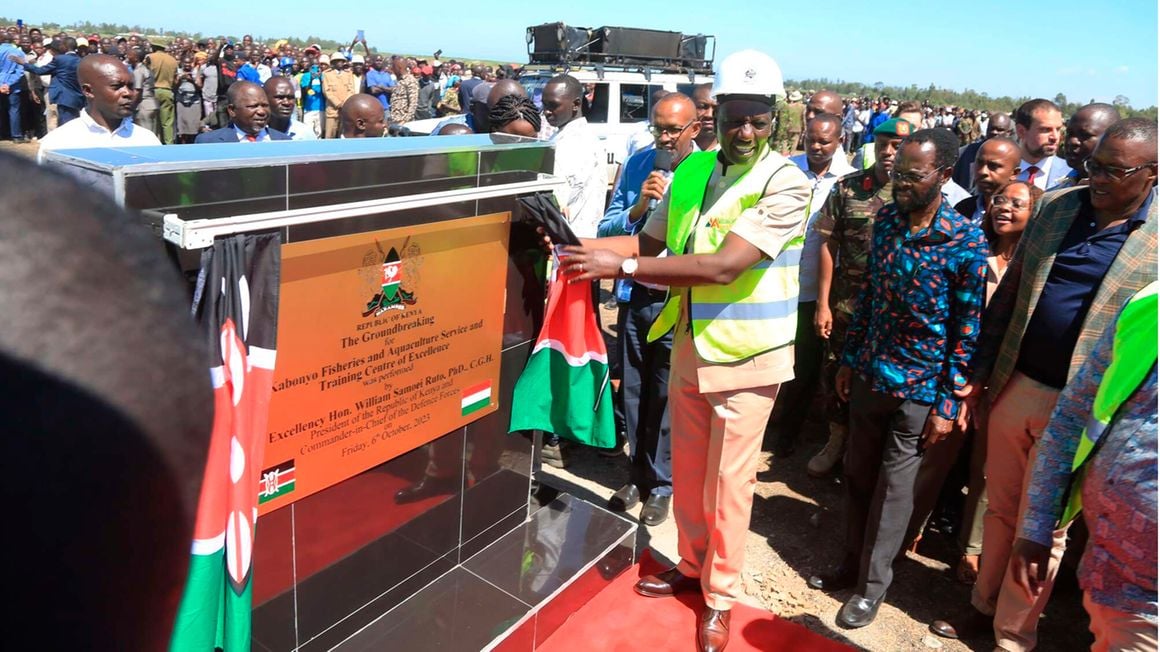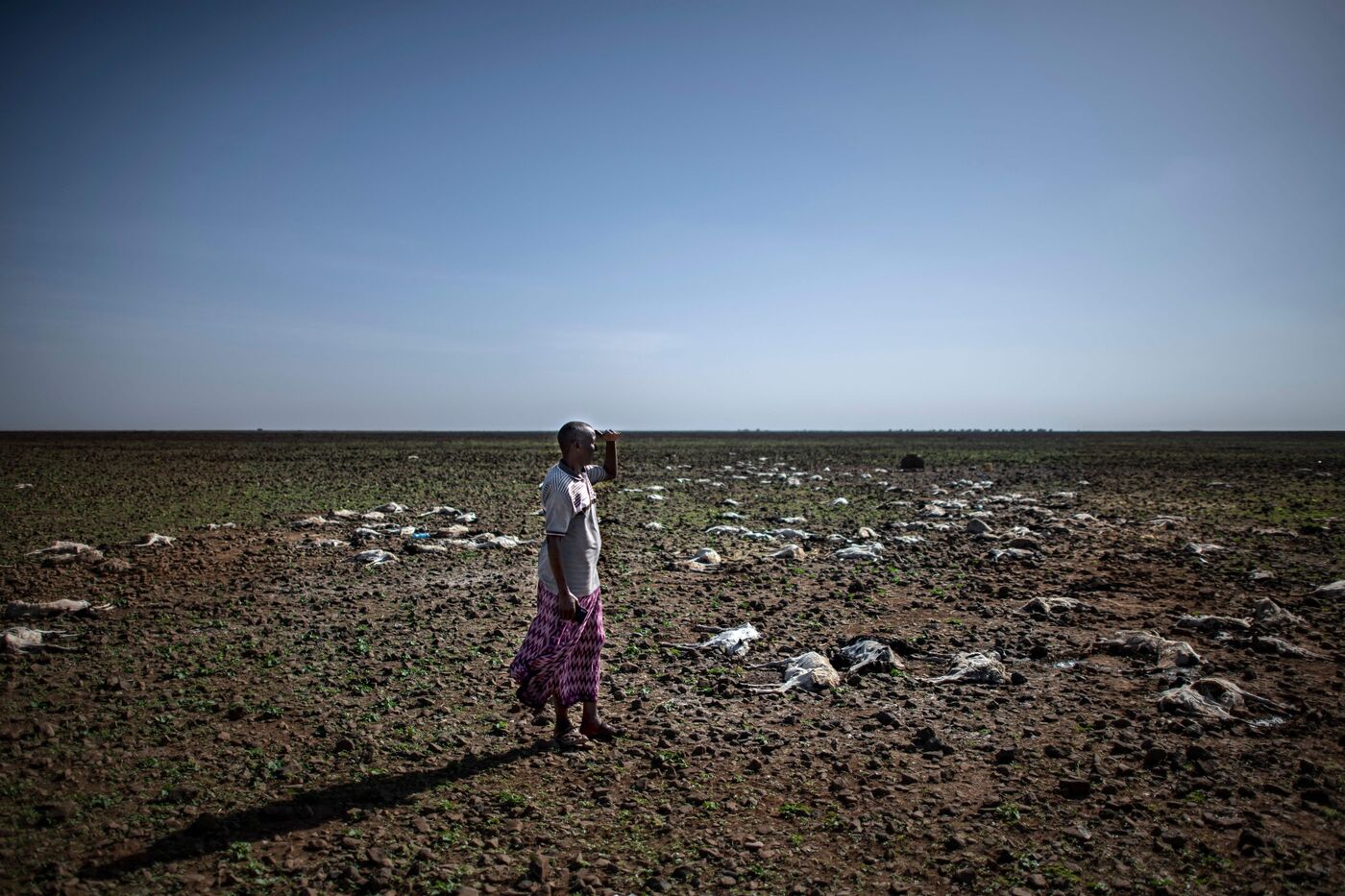Highlights:
- Ruto Takes a Stand Against Ethnic Violence in Raila’s Stronghold
- Breaks Silence on Western Kenya Violence
- Boundary Dispute Sparks Ethnic Tensions
Kenya’s President William Ruto embarked on a tour of Western Kenya, the political stronghold of his rival, Raila Odinga. He addressed the recent ethnic violence that resulted in seven deaths, multiple injuries, and the burning of several homes. President Ruto warned that those responsible for the violence would face arrest and prosecution.
During the launch of his tour in the region, President Ruto announced that he had instructed the Interior minister to take decisive action against individuals inciting violence among neighboring ethnic communities near Sondu, situated on the border of Kericho and Kisumu counties.
This marked the first time that President Ruto publicly discussed the Sondu violence, which erupted on Wednesday, disrupting the previously calm atmosphere in the area. A similar outbreak of violence in July had claimed three lives and left 18 people injured.
Ahead of the president’s visit to Kisumu and three other counties in the region, Interior Cabinet Secretary Kithure Kindiki deployed additional police officers to the area and reassigned security officials accused of bias by residents.
Kericho and Kisumu are predominantly inhabited by the Kalenjin and Luo ethnic communities, respectively, to which President Ruto and opposition leader Mr. Odinga belong.
Sondu, located in both counties, has long been a source of tension, with past conflicts attributed to cattle rustling and land disputes. However, over the last three decades, these tensions have increasingly taken on political dimensions.
For instance, the July violence coincided with opposition-led anti-government protests, which received support from the Kisumu side but faced resistance on the Kericho side.
In the lead-up to the multi-party elections of 1992, Sondu was one of the areas affected by politically instigated violence aimed at communities perceived as opposed to the dictatorial rule of former president Daniel arap Moi.
The recent flare-ups are linked to a dispute over the boundary between Kericho and Kisumu counties, with both sides claiming the right to collect revenues from traders at the Sondu market.
The Azimio One Kenya Alliance coalition, an opposition group, has claimed that the violence is part of a scheme to influence the upcoming review of electoral boundaries scheduled for next year. This echoes an earlier joint statement by four county governors that attributed the clashes to territorial expansion ambitions.
Boundary disputes are among the few challenges in Kenya’s transition to a devolved system of government, which has otherwise been credited with promoting development in rural and remote areas over the past decade.
The 2010 Constitution introduced devolution in 2013, allocating at least 15 percent of the last audited national revenues to the 47 counties. Additionally, traditionally marginalized counties receive extra funding from an Equalisation Fund.
However, the pressure to generate their own-source revenues to fund development projects and manage a large workforce has led several counties to stake claims to townships and trading centers along disputed borders.
Kenya also faces the task of addressing the concerns of ethnic minorities advocating for their own counties in the forthcoming boundary delimitation. These minorities allege discrimination in resource distribution and public service employment by county governments, where members of dominant communities hold key decision-making roles.




















